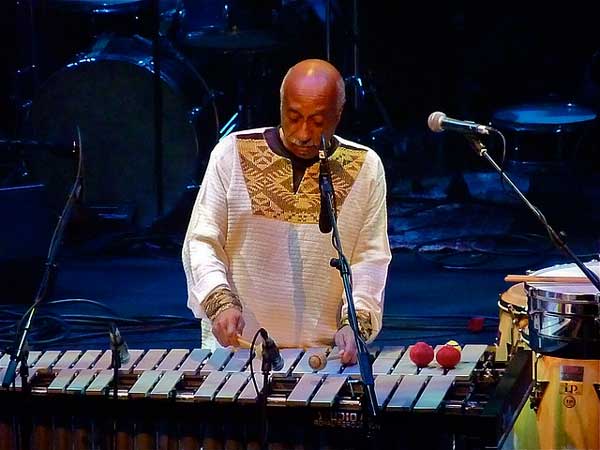
Mulatu Astatke live at the Primavera Festival. (CC) Wikimedia Commons.
SKETCHES OF ETHIOPIA
Born in Jimma, Ethiopia in 1943, Mulatu’s life would come to symbolize the rebirth of Ethiopian folk music and its place on the world stage as well. In the 1950s, his family expected him to take up aeronautical engineering, graduate, and live a lucrative white-collar life away from Haile Selassie’s kingdom. Following in the footsteps of Yared, while studying in Wales, Mulatu started to realize he had a natural gift to play musical instruments, and a love for music that would prevent him from following any preset path.
Setting aside formulas and equations, he travelled to London and enrolled in the Trinity College of Music. There, Mulatu started to spend more time playing piano, drums, and clarinet and throwing himself full-bore into London’s swinging music scene. In London, as he performed on stage in various Nigerian and Ghanian bands playing jazz, highlife, and soukous, Mulatu thought to himself “why doesn’t anyone know Ethiopian music?” As he kept that thought in mind, he realized he would have to be the one to create that music himself. It was around this time, that he emigrated to Boston and was accepted to the prestigious Berklee College of Music as their first African student based on his promising talent.
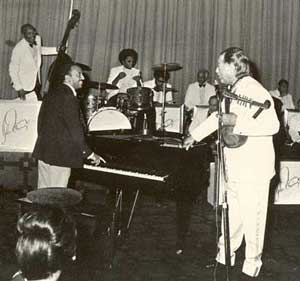
Mulatu Astatke and Duke Ellington together in Addis Ababa. (CC) Ethiograph.
At Berklee, Mulatu started to compose arrangements for big band ensembles, and when he moved to New York City in the late 1960s, took his first tenuous steps into recording original music. Early albums recorded there, like the Afro-Latin Soul Volumes 1&2 show the strong influence Latin jazz and African rhythm played as drivers for a new sound he was after. Empowered by the new African-derived sound he was creating, Mulatu pushed himself to go further.
Taking up the vibraphone as his primary instrument, Mulatu started to realize how wonderfully Ethiopia’s historic pentatonic scales could combine with the eight-note diminished scale American jazz musicians used for improvisation. Taking inspiration from early traditional Derashe tribal songs that used twelve-tone scales or Eastern Orthodox religious hymns where counterpoint musical ideas existed, showed him areas yet to be explored. Now these newer Latin and American soul rhythms had seams to latch onto. If others saw antiquated music of the past, Mulatu heard ways to reimagine it.
The Ethiopian Jazz Gear Lookbook:
- Fender Jazz Bass
- Deering 5-String Banjo
- Toca Synergy Congas
- Toca Djembe
- Epiphone Sheraton
- Stagg Xylophone
- Hammond XK-1c Organ
- Stagg Upright Bass
When Mulatu returned to Ethiopia in the late 1960s, trekking along with his Hammond organ, vibes, congas, electric rhythm section, and more, he entered a musical world long abandoned by most Western artists. Little did he know that although he was the first person to bring some of this modern instrumentation into his homeland, some of the preconceived ideas he had about Ethiopia would be rocked. Performing and recording at the tail end of Emperor Selassie’s reign, he’d encounter firsthand the rise of Ethiopia’s new sound.
LONDON – NEW YORK – ARMENIA – ADDIS ABABA
Ethiopia, as heard abroad at this time, signified a certain rote big band sound. It’s a sound that record companies like Philips presented as versions of Ethiopian music that could be marketable elsewhere. Rather than present the more daring work being played in the mainland, the little music they presented was either archival or thoroughly Westernized retreads.
Native Ethiopian musicians who weren’t being recorded by such record labels had a curious history themselves. Most came from one of the kingdom’s prestigious, monarchy-backed musical ensembles: The Police Orchestra or Emperor Haile Selassie’s Imperial Bodyguard Band. Within those confines, they would learn and adapt Ethiopia’s folk music for a nation looking to join the “modern” world.
View further musical history about Armenians in Ethiopia:
Lead by the influential Armenian instructor Nerses Nalbandian, the son of one of Ethiopia’s musical heroes, Kevork Nalbandian, these groups gave young Ethiopian children an opportunity to learn and perform music that they normally could not afford . Much like the older Arba Lijoch musical schools revolutionized Ethiopia’s folk music by replacing its traditional flute and string instruments with brass and violin instruments that could play newly modernized folk songs (some put to paper centuries ago by Yared’s pen), this second generation went a step further.
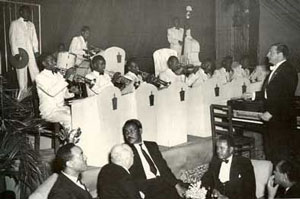
The Ethiopian Imperial Honor Guard Band with Franz Zelwecker. (CC) Ethiograph.
Returning the gifted work those early Armenian orphans started, these younger musicians like Mahmoud Ahmed, Tlahoun Gésésé, and Alemayehu Eshete (all future stars of the Ethio-Jazz movement) who were part of these government-run musical ensembles, struck on a new path. They did so by taking all this knowledge and combining it with the music being broadcast by the American Kagnew Radio Station and played in Addis Ababa nightclubs.
The groove music of James Brown, Tito Puente, Sly and the Family Stone, plus the radical pop of The Beatles and Stones, all of this was infiltrating their mindspace. Within the context of Emperor Salassie’s control, they’d start to take considerable risk to compete with this music. Progressively they started to modify traditional material to match this more modern sound. Dance songs would take more of a Latin groove, while the singing would remain distinctly Ethiopian.
During the late ’60s, when Ethiopian musicians scarcely had any recorded music, these new-style bands were finding ways to turn the tide. As they mustered the courage to strike out on their own, so in turn did they start to draw the attention of returning diaspora musicians like Mulatu.
When Mulatu returned, he was joining an improv that started a few decades before. As revolutionary as his Ethio-Jazz sound was, it belonged to a wider net growing organically in Ethiopia itself. As visionary as his original thought was to introduce improvisation to Ethiopian music, arguably the role these other musicians played in amplifying the scope of his vision struck a bigger image. Now, finally, having a scene and instruments to present new styles outside of Ethiopia, there might be a triumph just around the corner…
My top-10 list of Ethio-Jazz releases

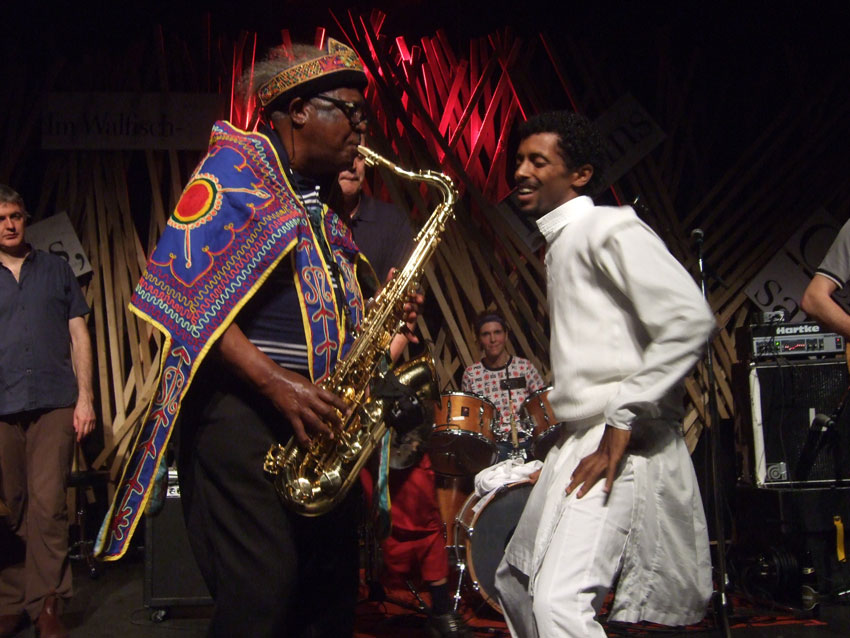 Ethio-Jazz Playlist
Ethio-Jazz Playlist
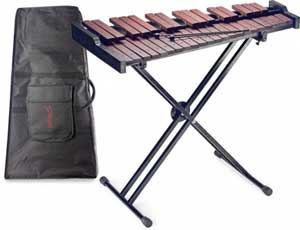
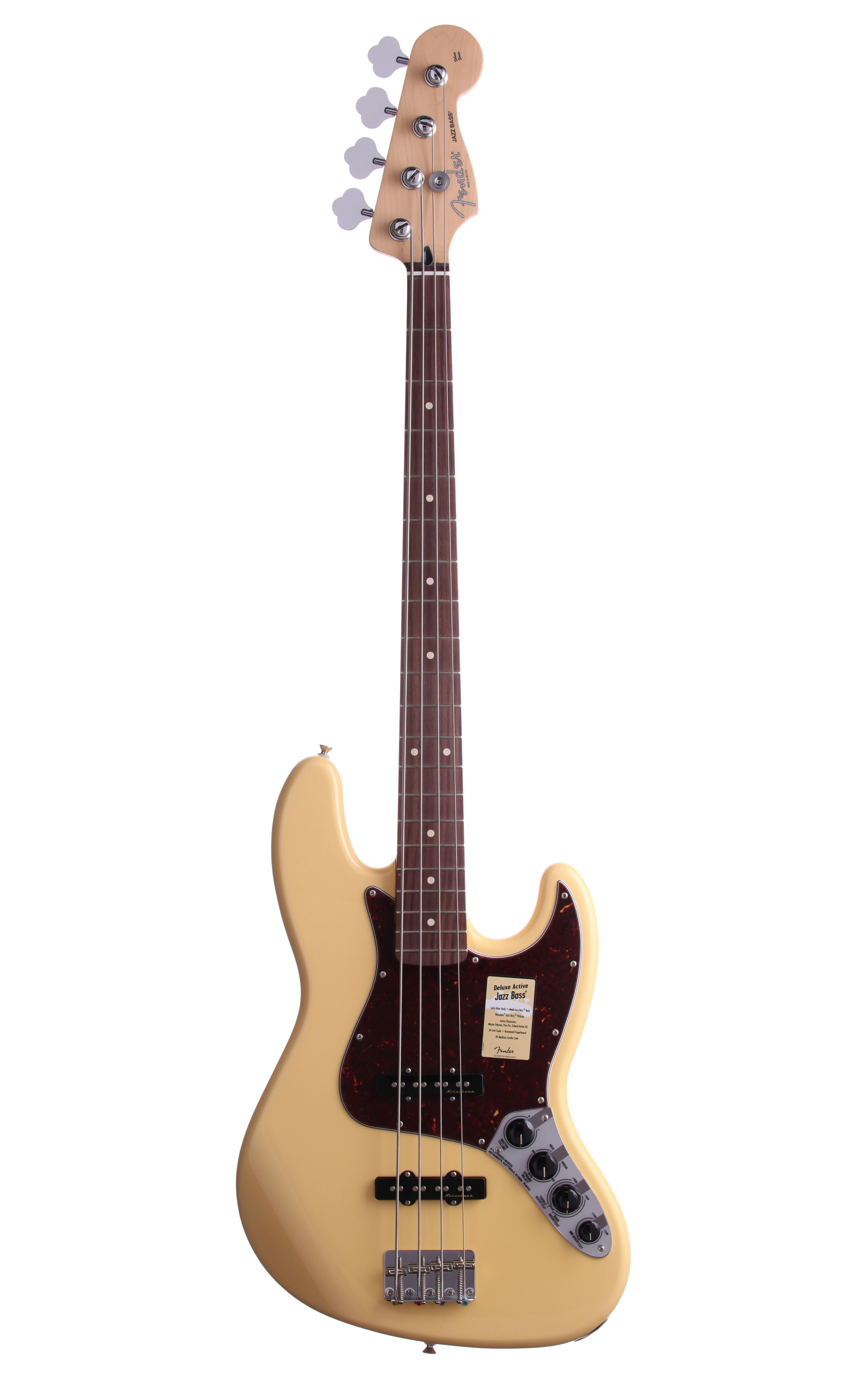
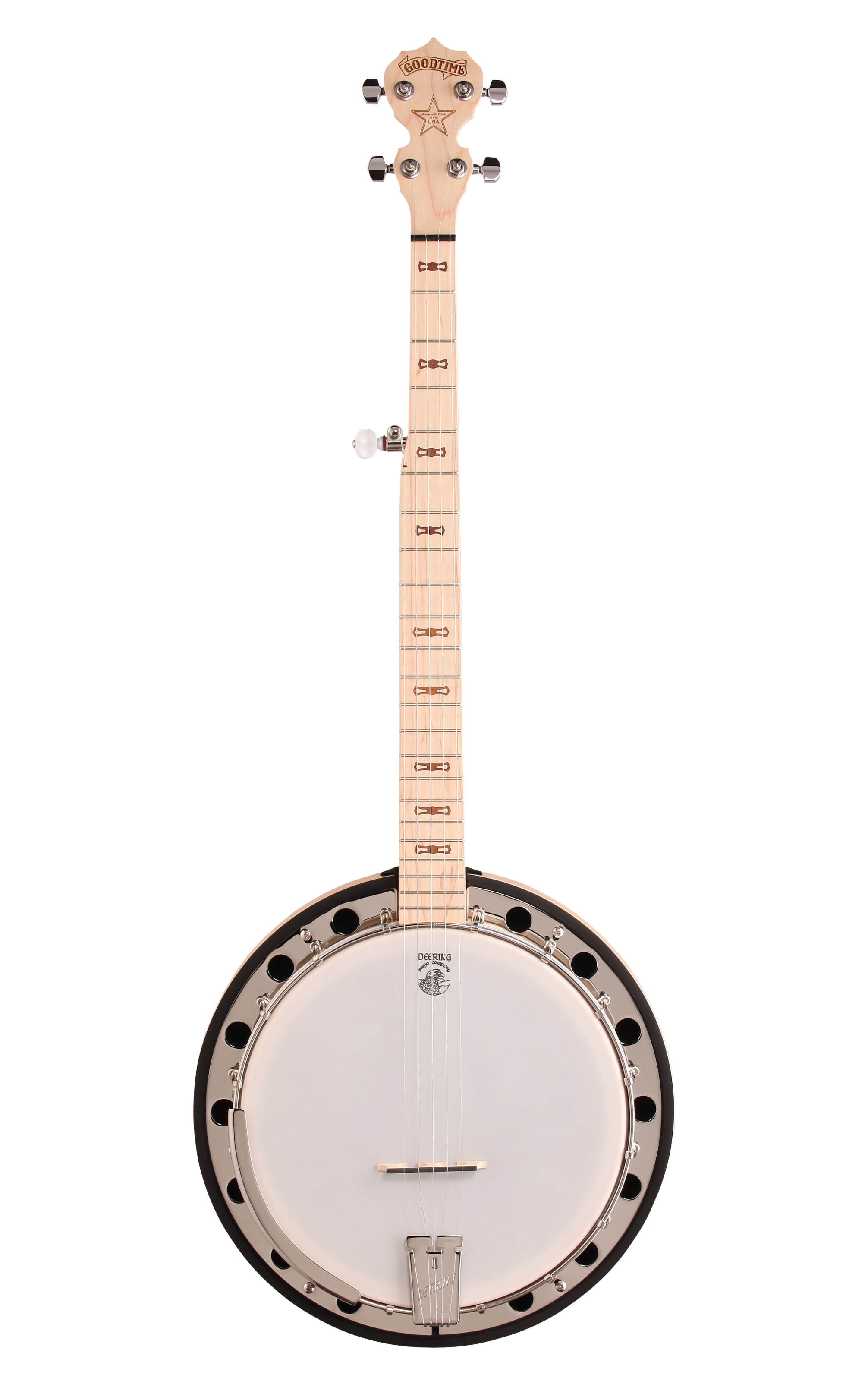
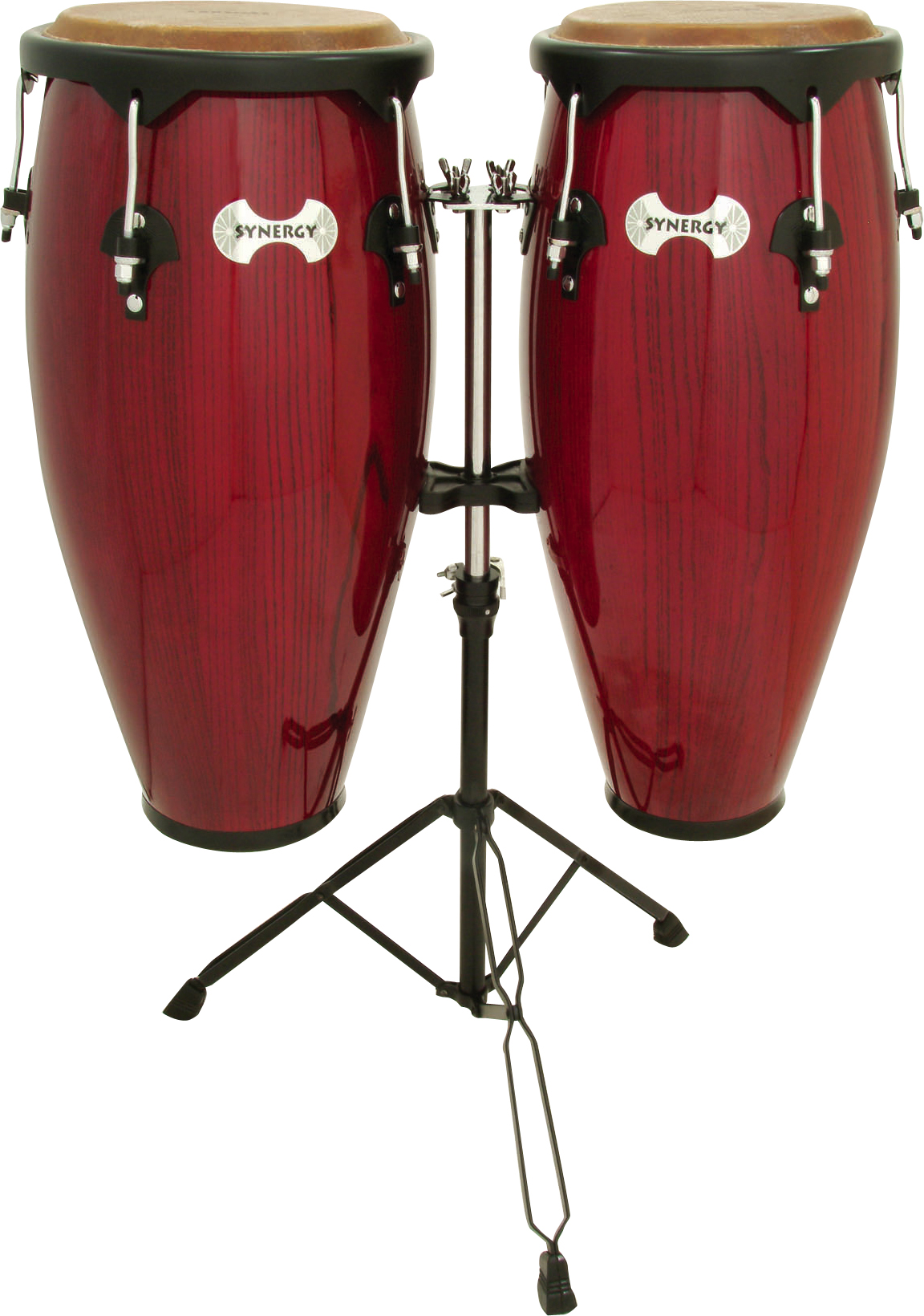
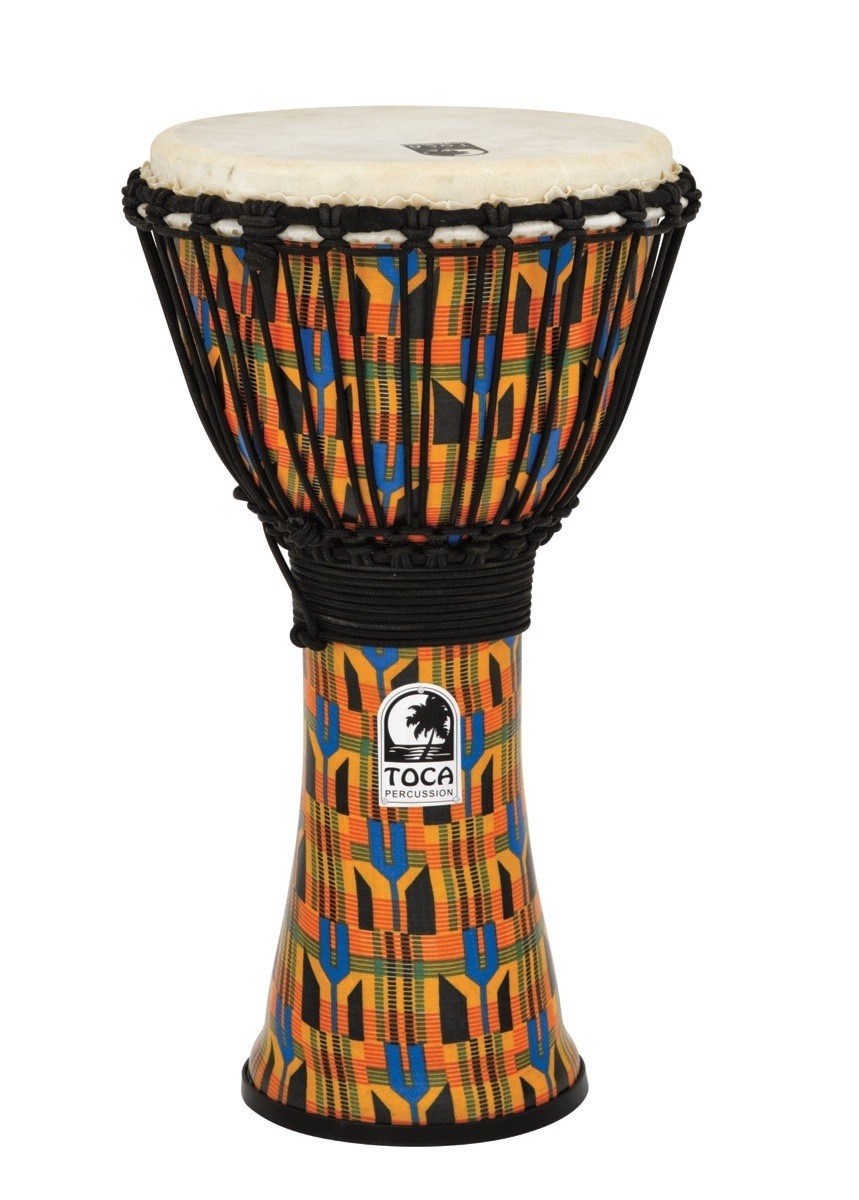
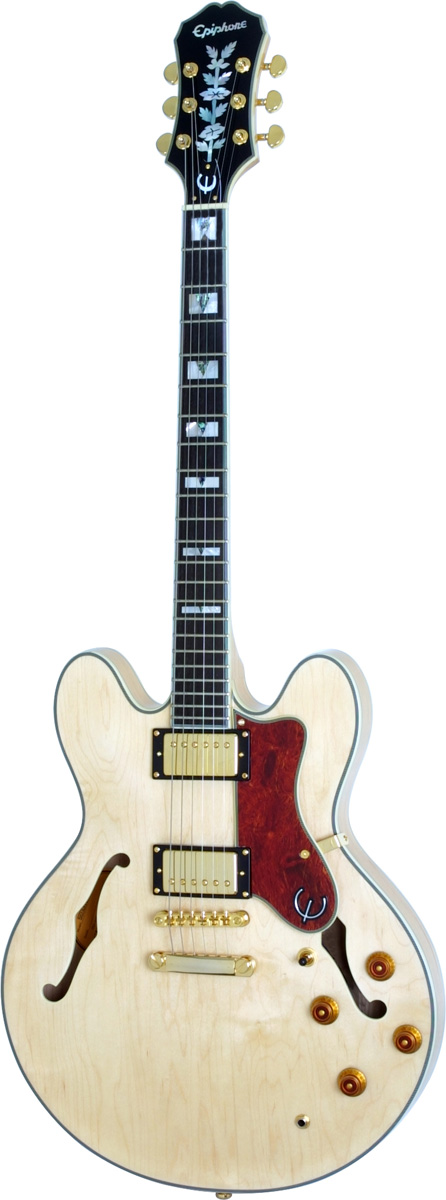
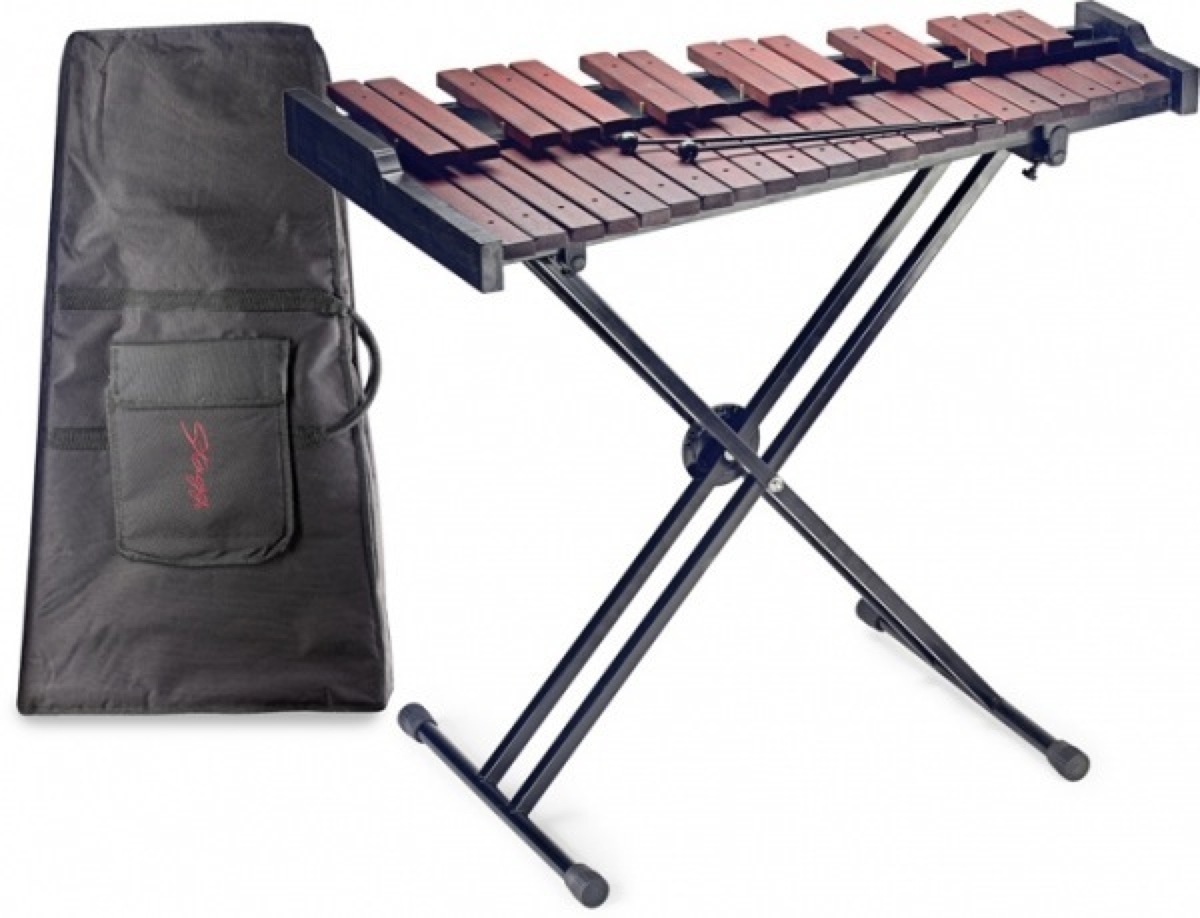
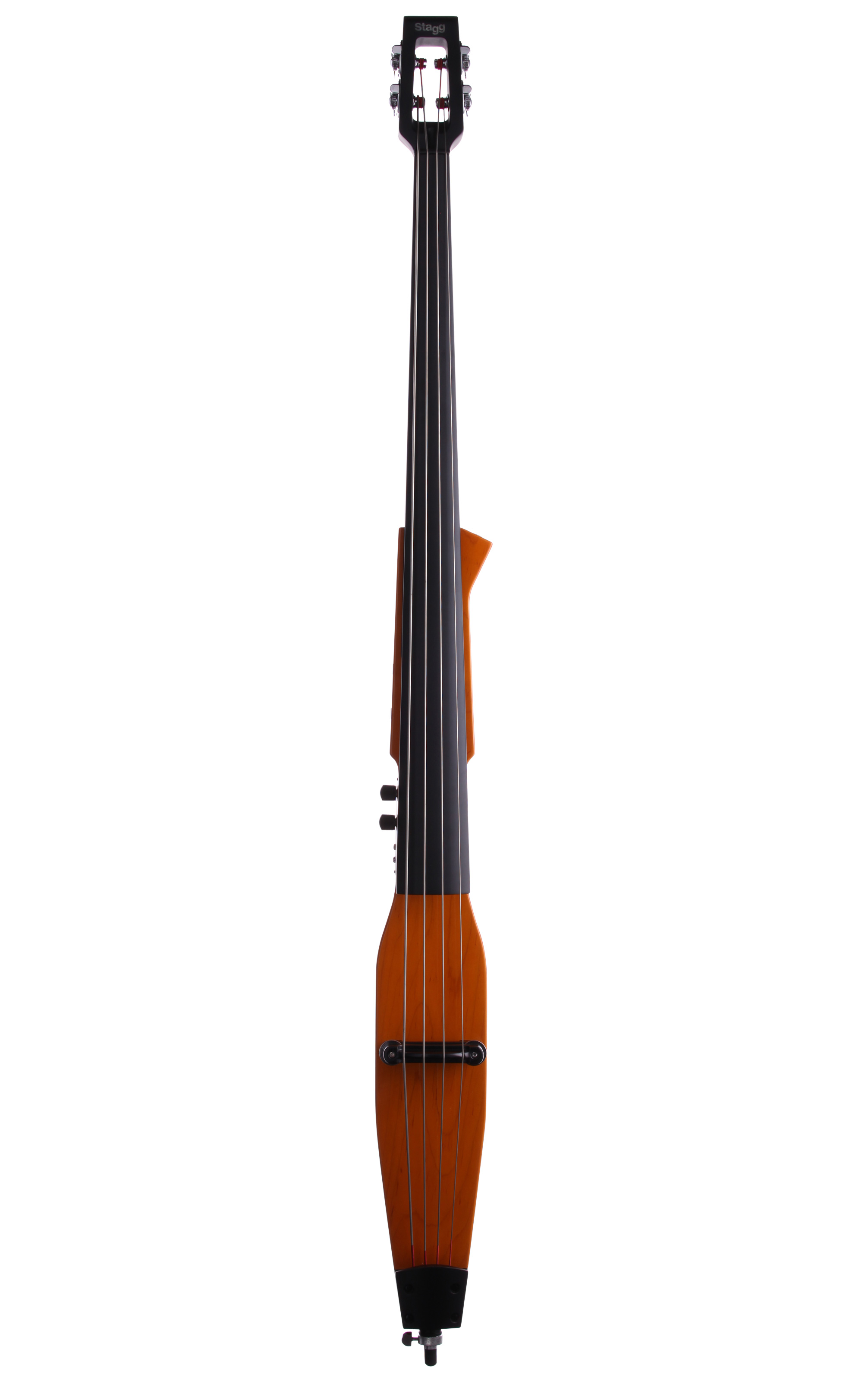


Leave a Reply